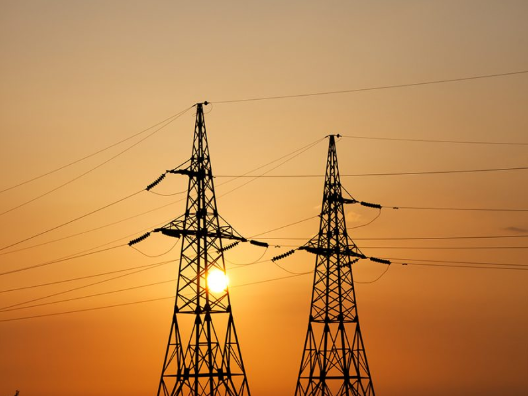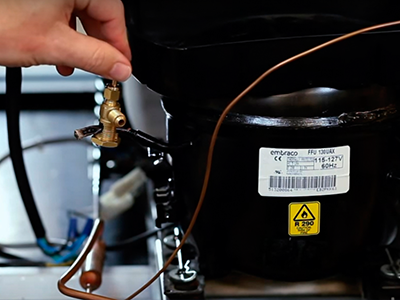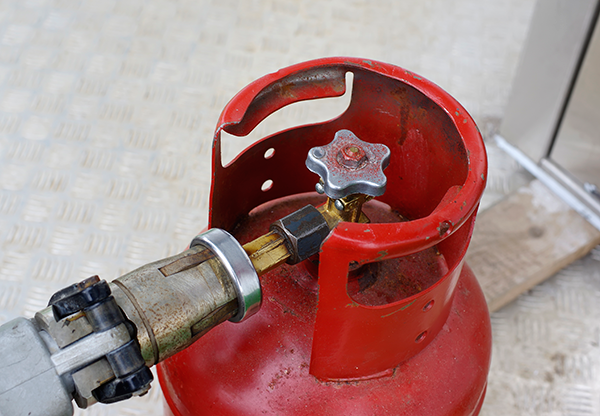Low global warming potential and better energy efficiency make them the best option when considering sustainable refrigeration
By: Jozef Sedliak, Nidec Global Appliance R&D Manager
Summing up the last 11 years, from 2010 to 2021, the evolution in the mix of Embraco compressors models sold in the world, gradually migrating from hydro-fluorocarbons (HFCs) to natural refrigerants, has allowed the potential emissions saving of 1,568,025 tons of CO2 equivalent (CO2e) from being released in the atmosphere. That is the same as taking out of the streets 341,000 cars for a year, according to the online calculator of the United States Environmental Protection Agency.
The calculation considers the migration from the two main types of HFCs in refrigeration equipment:
– From R404A, the main refrigerant gas used in commercial refrigeration for decades, with a global warming potential (GWP) of 3,920, to R290, with a GWP of 3.
– From R134a, used in residential refrigeration (with GWP of 1,430), to R600a (GWP of also 3).
The share of Embraco sold compressors running on natural refrigerants (hydrocarbons) has evolved from 40% in 2010 to 57% in the projections for 2021. The change has accelerated pace in the last few years. It was 49% in 2019, meaning an increase of 8 percentage points in two years.
The subject of CO2 emissions is being discussed more intensely this year during the Climate Leaders Summit, in April, and the United Nations Climate Change Conference (COP 26), scheduled to next November. And numbers like the ones above give us a reference of the kind of contribution that the refrigeration industry can promote.
This industry is essential to the preservation of food, beverages, medicine, vaccines, lab samples and the list about its importance to mankind goes on and on. It means quality of life, comfort and health. But, on the other hand, it is responsible for approximately 10% of global CO2 emissions, according to some estimates researched by Birmingham University, in a study about clean cold.
The study also says that “around 20%-25% of CO2 equivalent emissions from the cooling sector are produced by leaks of hydrofluorocarbon (HFC) refrigerant gases (‘F-gases’)”. The other 75% of the cooling sector’s emissions, still according to the same study, comes from energy consumption.
For a cooler world
So, the refrigeration industry can help the world to get cooler in two ways: by offering cooling equipment and by offsetting its own impact on the environment. As more people gainconquer access to cooling, which is good for their health and wellbeing, more we need to work to reduce each refrigeration equipment’s emissions.
And we have a goal and a timeline to contribute to: the Paris Agreement’s goal is to limit global warming to well below 2 degrees Celsius, preferably 1.5, compared to pre-industrial levels. To achieve this, countries aim to reach global peaking of greenhouse gas emissions as soon as possible to achieve a climate neutral world by mid-century.
In addition to that, there are also global and regional treaties and regulations focused exclusively on the reduction of HFCs emissions. The Kigali Amendment to the Montreal Protocol, which entered into force in January 2019, invites countries to gradually reduce the use of HFCs until 2047. There is also the F-Gas regulation, in the European Union, which has been gradually limiting the use of HFCs since 2006, having been edited in 2015. It started with residential refrigeration, in the 2000s, making hydrocarbon R600a to be widely adopted in the region. The next round of changes determined by this regulation will come in 2022, when most of the new commercial refrigeration equipment will have to use only refrigerants with GWP lower than 150 from January on, which is less than a year’s distance from now.
Embracing the challenge from two perspectives
At Nidec Global Appliance, holder of the refrigeration solutions brand Embraco, we embraced the challenge by the two perspectives: reduction of HFCs and increase in energy efficiency. In that way we can work towards reducing both direct and indirect CO2 emissions. Direct are the emissions generated by refrigerant leaks or the incorrect final disposal of the compressor and indirect are the emissions generated in the process of producing the energy that will be consumed by refrigeration equipment. From a climate perspective, any saving in energy consumption is very relevant, considering that, in 2016, the European Union, generated 296 grams of CO2 to generate each kWh consumed, according to the website rensmart.com/Calculators/KWH-to-CO2.
Embraco brand has been developing solutions with natural refrigerants, more specifically hydrocarbons (HCs), since 1994, way before legislation and regulations about HFCs came into force. After years and years of studies and tests, we believe that HCs are the future proof solutions for plug in systems in refrigeration in the most used applications, temperature ranges and cooling capacities, excluding exceptions involving charge limits. It is due to some facts:
Lower global warming potential. HCs have very low global warming potential, as we can see in the numbers presented in the beginning of this text. And the reduction in CO2e emissions when using hydrocarbons is significant.
Improvement in energy efficiency. Our case studies show that the migration from the HFC R404A to the natural refrigerant R290, on average, allows a 10% improvement in energy saving.
Better thermal regime compared to other synthetic options. To be compliant with the F-Gas regulation in Europe, every appliance producer has to make a choice: go natural or use one of the new synthetic blends presently available, with lower GWP, also known as A2Ls. The table below lists the main criteria that should be taken in consideration when making this decision. One of them is the thermal regime, which is better in natural refrigerants, meaning it doesn’t heat up the compressor as much as the A2Ls. It contributes to the energy efficiency and the reliability of the compressor.
Lower price. For being a natural substance, the natural refrigerants tend to have a lower cost, since their formula can’t be considered a propriety of an specific manufacturer.
What about flammability?
The flammability aspect of the hydrocarbons has been very well handled by safety standards, in production and maintenance. The migration to hydrocarbons in residential refrigeration in Europe, with the use of R600a with low charges, has proved to be successful to attest the safety of this technology.
The energy efficiency combo
In addition to natural refrigerants there is another technology at hand that can contribute to significantly reducing indirect emissions: the variable speed compressors. In this case, the gain is in energy efficiency in comparison with fixed speed (on-off) compressors, which is the most traditional technology used so far in refrigeration. An on-off compressor operates at a constant speed, continuously switching between on and off to meet the refrigeration equipment’s cooling demand. This operational pattern requires abrupt power loads when starting; furthermore, as the compressor maintains the maximum speed for all the running period independently from the thermal load, it leads to wasted energy.
Variable speed compressors have more technology embedded, to decrease their working speed when reaching the target temperature and also increase it when there is need for more heat removal, without switching on and off. This enables the compressor to use only the amount of energy required at each moment and nothing more, saving energy.
The saving‘s percentage varies according to the application but, according to our case studies with Embraco compressors, it can be from at least 15% up to around 40%. The technology has an initial higher cost, but it is compensated by the savings in the electricity bill in the medium term. Some investments pay for themselves in 6 months, in commercial refrigeration.
We can see that there are technologies available for sustainable cooling, which have proven to be safe and cost effective to help achieve the goals of the Paris Agreement. The matter now is of speed in its adoption. According to EIA (Environmental Investigation Agency): “implementation of the Kigali Amendment could avoid up to an additional 0.4°C of global warming by the end of the century, and significantly more if opportunities to improve energy efficiency during the transition are taken up and the phase down schedule is accelerated wherever possible”.



